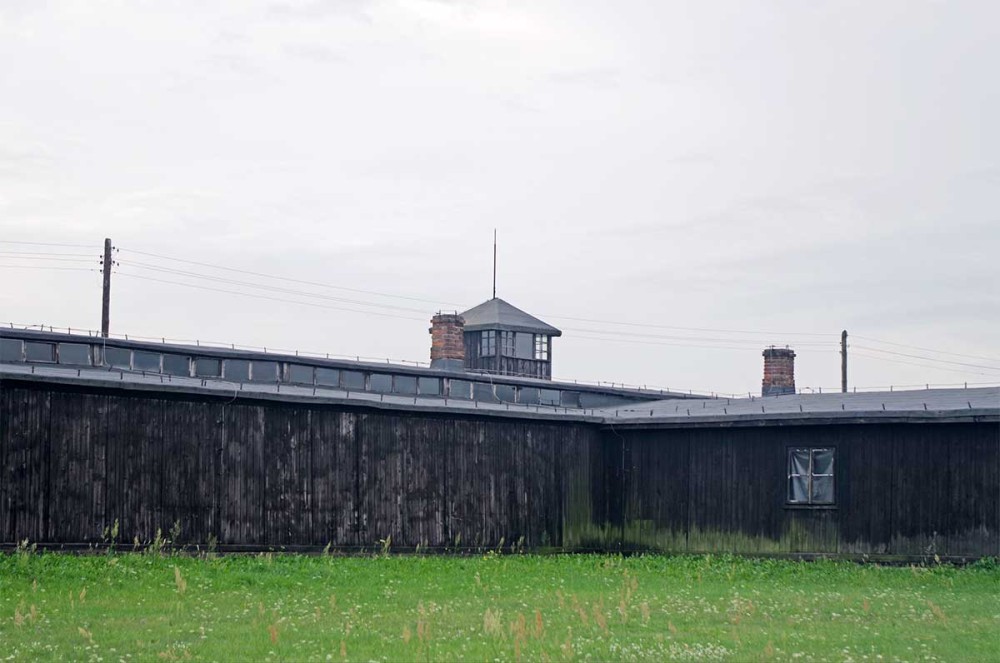Standing in the remains of the death camps in Poland
I was outraged. I wanted to burn it all down. I wanted to pray.

I grew up in Russia with a deep sense of pride at being Jewish. My parents would always tell my siblings and me that being Jewish set us apart, and they would detail the illustrious legacy of Jewish intellectuals, journalists, academics, and scientists.
Of course, being Jewish in the Soviet Union did truly set us apart, and not in the best way: systemic, government-sponsored anti-Semitism found its way deep into the hearts of many people, including some of our neighbors and friends.
Throughout my childhood, two subjects remained a mystery to me, though I didn’t realize it at the time: Jewish ritual (our family was completely secular) and the Holocaust (no one ever talked about it at home or at school).





